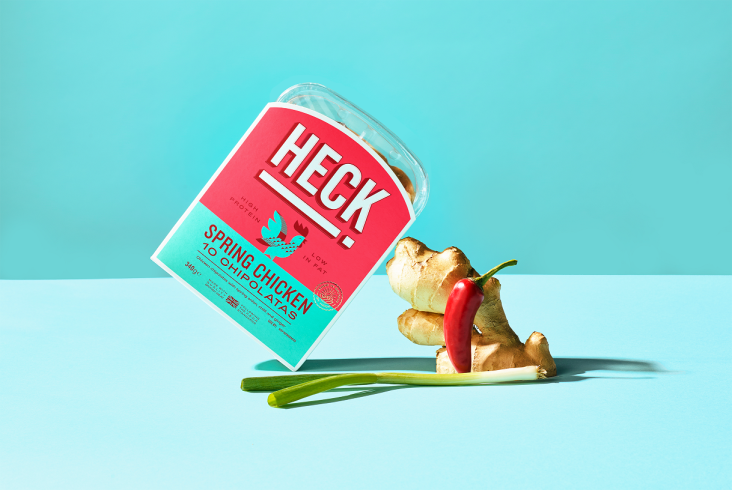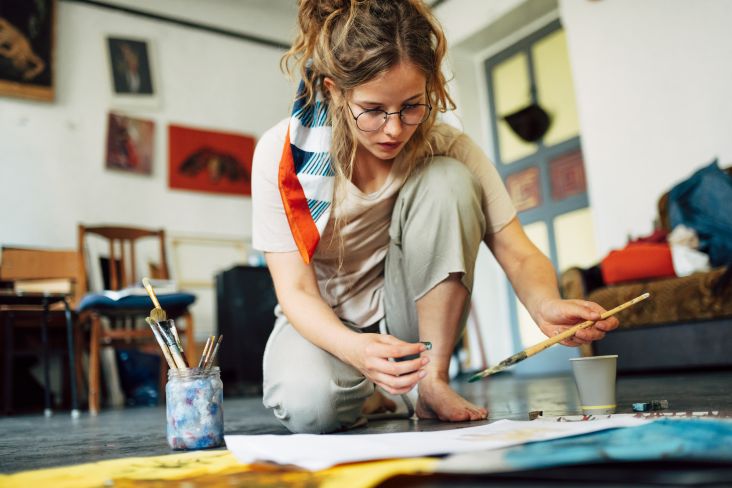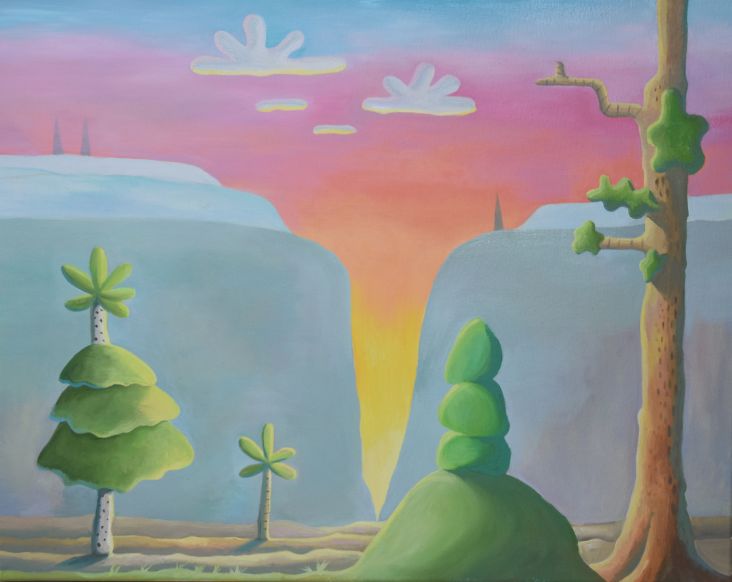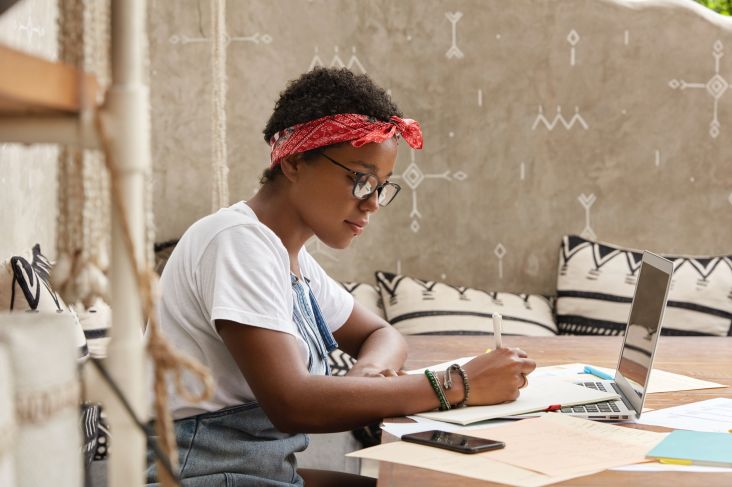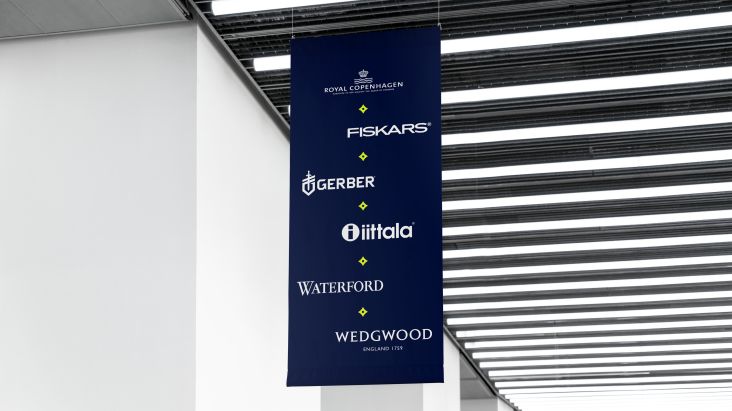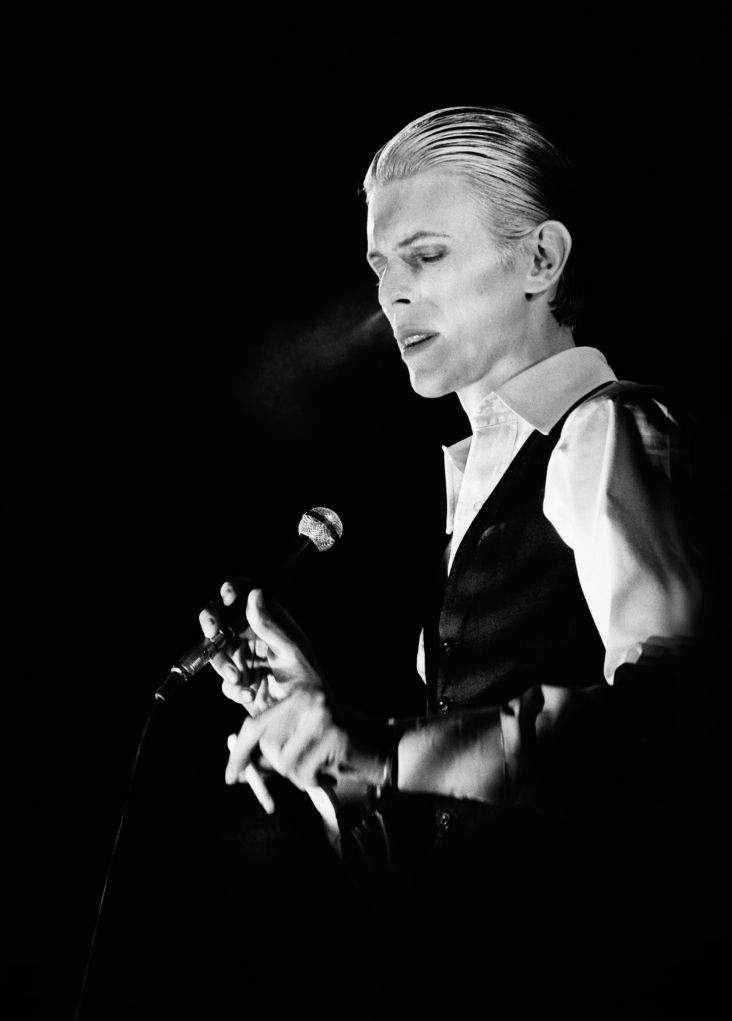Trick your brain with these three brilliant techniques to make you more creative
We all want to be more creative. But what does that mean? The “creative process” is often seen as some mystical thing, that only unusual, supremely gifted people can access. But Steve Jobs believed that was nonsense.

Image licensed via Adobe Stock
“Creativity is just connecting things,” he once said. “When you ask creative people how they did something, they feel a little guilty because they didn't do it, they just saw something. It seemed obvious to them after a while. That's because they were able to connect experiences they've had and synthesise new things.”
If creativity is simply a matter of making connections in your mind, then our knowledge of how the brain works can help us make these connections more easily.
Here, we’ve teamed up with The Open College of the Arts - which offers distance-learning courses in subjects such as fine art, photography, music, graphic design, creative writing, sculpture and film - to outline three simple ways to do so.
1. Develop a creative ritual
Remember when you first drove a car? It all seemed so complicated and confusing. You spent half your time confusing the brake and the accelerator, the other switching on the windscreen wipers when you wanted the indicator. You felt, in short, like a right ‘nana.
Nowadays, though, you can often drive for hours without even realising you’re doing it. That’s not because you’re significantly more intelligent than back then. It’s because when something becomes a habit, it becomes hard-wired into your brain.
It’s a stirring testament to the power of habit. The moment you get in the car and put your seatbelt on, your subconscious takes over most of the complex calculations needed for driving, leaving your conscious free to wander more or less freely.
And it can be useful to develop a similar ritual for creativity; one that prompts up your subconscious to start making connections and coming up with new ideas, rather than letting your conscious mind take all the strain.
One creative who does precisely that is Christopher Ofili, the Turner Prize-winning painter known for his work using elephant dung. Each morning, he follows the same ritual. He gets his studio and sets aside a corner for watercolours and drawings. He tears a large sheet of paper, always the same size, into eight pieces, each about 6 x 9 inches. Then he loosens up with some pencil marks. Next, he puts watercolour on top, and so on.
Ofili follows a long line of creative people who have followed strict routines. Giorgio Morandi spent decades painting the same collection of small bottles, bowls and biscuit tins. Victor Hugo took a daily ice bath. Beethoven’s morning coffee was always brewed with precisely 60 coffee beans. Andy Warhol called his friend Pat Hackett around 9am every morning for 11 years. Joan Miró painted religiously from 7am to 12noon, without stopping, before spending an hour exercising.
The specific details of a particular creative's ritual aren’t essential. What’s crucial is that by sticking to the same routine, you internalise the muscle memory of each action, freeing up the brain from making small, trivial decisions (such as ‘Where should I put this?’, ‘What should I do next?’) and priming it to focus on new ideas.
2. Purposely generate bad ideas
We’ve all come up with what we think are good ideas, but hesitate to share them with others, concerned that we’ll get laughed at. But that is only the half of it.
Because a lot of our creativity happens in our subconscious, what might be our best ideas may never even reach our conscious brains. Instead, they’re held back, due to an inherent fear of anything new or different.
That fear of the unknown served us well in our evolutionary past. Those humans who jumped out of their skin every time there was a rustle in the long grass were the ones who survived, even if 99 times out of 100, it was just wind. Conversely, those didn’t would lose the advantage when it was a snake, and their genes did not get passed on to future generations.
In short, we’ve all been programmed to be overcautious of any potential threat to our well-being, including social disapproval (which in primitive times could itself have meant starvation and death). So how do we 're-program' ourselves? We have to be a bit clever, that’s all.
One standard method of cheating our primitive brain’s reluctance to innovative is to set out to write a list of bad ideas. Because a bad idea is the specified aim of the exercise, our brain won’t instinctively stifle our imagination in the same way as it usually does. And often, an unexpectedly good idea will pop up in the process.
If not, at least the exercise will get you thinking differently about the problem. Research from both MIT and the University of California has shown that this approach does work. Such exercises are commonly done in groups but can work better on your own. Setting a time limit can also be helpful.
Other ways to ‘trick your brain’ to draw out unexpected ideas include mood boarding, word association exercises and freewriting (sitting down and writing continuously for a set of time, with no regard for spelling, grammar, or even subject).
3. Think like a kid
While we’re on the subject of our subconscious brain ‘censoring’ our thoughts, and instinctively shutting down our more radical ideas, do you know who doesn’t have that problem? Kids.
When you’re a child, you haven’t yet learned about the millions of things that you should never do, say or think, to be functioning, grown-up members of society. And so your imagination is free to run wild, make crazy associations and enjoy the fun of thinking random and often ridiculous thoughts.
The good news is that having experienced that kind of unbridled sense of imagination in the past, it’s still possible to return to it as an adult, and open up those underutilised pathways of creativity that have been lying dormant ever since.
Celebrity chef Heston Blumenthal, for one, has often said that a sense of childlike playfulness is the key to his creativity, as has actor and comedian John Cleese, who believes that “the most creative people have a childlike facility to play”. Similarly, the famous psychologist Abraham Maslow argued that “almost all creativity involves purposeful play,” while Albert Einstein opined that: “Play is the highest form of research.”
And the best news is, getting back into a mental mindset is incredibly easy. Just go back to doing whatever you did in childhood, and you’ll soon be in the ‘zone’. Blow some bubbles. Build a sandcastle. Fly a kite. Daydream, play a board game or go barefoot in the garden. Have a water fight with a friend. Watch an episode of In the Night Garden. Eat a Sherbet Dip. Do we need to say more?
The Open College of the Arts offers distance-learning courses in subjects such as fine art, photography, music, graphic design, creative writing, sculpture and film. It is part of the University for the Creative Arts. To find out more, go to www.oca.ac.uk.









](https://www.creativeboom.com/upload/articles/86/862919952c0ad18439004228895a431dc6e45ffc_732.jpg)
